If you’ve been paying attention you would’ve noticed that your local gym now boasts a range of foam or plastic cylindrical tools in the studio or stretching area. They’re known as self myofascial release (SMR) tools and have become an essential part of any balanced gym routine due to the many benefits they offer.
SMR involves the use of foam rollers, or other specialised tools and your body weight to massage and improve soft tissue quality by releasing tension and smoothing out knots and adhesions in muscles, tendons and fascia.
These structures connect via a complex web of tissue throughout the body.
Any tightness, adhesions or knots in one area, which can occur due to lack of use or in the course of normal weight training, can result in localised pain and poor function in one area. This can also throw the function of an entire movement chain off, leading to compensation patterns and compromised performance, which raises your risk of injury.
When you don’t roll
If left unaddressed, over time muscle tone changes and adhesions and scar tissue can build up, all of which affects your ability to move efficiently. For example, if the fascia surrounding your calf muscle is tight it may affect range of motion at your ankle. This, in turn, could affect movement at your hip, which could further affect movement at your shoulder. Using a foam roller or another SMR device is an effective and cheap way to reduce the adhesions and scar tissue in fascia, as well as release painful muscular trigger points.
You don’t always have to schedule an appointment with your local physio to address these issues. Foam rolling or other forms of SMR help to break up fascial adhesions through the pressure and abrasion applied. The process also it manipulates neuromuscular receptors, which causes your muscles and fascia to relax and release tightness.
SMR performed before stretching will therefore make it more effective as the muscles are more relaxed. More importantly, though, SMR also works to adjust the tone of muscles, making them more pliable. This is key to improved function, recovery and performance.
Practical application
Incorporating SMR into your training is really easy. At first you may want to start by simply using a foam roller, which most gyms have nowadays. Here’s a quick review of a few of the best SMR devices.
Standard Roller:
Ideal option to start with as it allows you to roll big muscles and fascial areas. Opt for plastic options over foam variants as these tend to lose their density and firmness over time.
Rolling Sticks or Pins:
The stick is another excellent option that provides unique benefits to a normal roller. As it is hand-held and very narrow it allows you to precisely control pressure and get to areas that rollers can’t get to.
Massage Balls:
Balls work particularly well on smaller areas of muscle or fascia and those hard to reach trigger points.
How to perform SMR
In essence the general approach to SMR is to use your body weight to press the roller between the soft tissue you are trying to release and the floor. Next you will roll over the specific area in a slow, controlled fashion. If you are using SMR for the first time work on the particular area for about one to two minutes, but preferably a bit longer, especially if the area is particularly tight. If you find a tender hot spot or trigger, pause on it and apply pressure until the pain from the spot diminishes. Usually this means resting on painful areas for about 30-45 seconds. The idea is to spend most of the time on the tightest tissue.
When you should do it
You can perform SMR before or after your workout, or even during a separate recovery-focused session. However, it seems most logical to perform SMR as part of your warm-up as it will enhance the effectiveness of dynamic flexibility and mobility drills before strength training, and will improve movement quality during the entire session.
Over time you should gradually spend less time on the roller, as it will take less time to maintain tissue quality. It’s important to approach SMR work like any other training, with the aim of progressing by either increasing the density of the implement you are using or increasing the pressure you apply. You can also experiment to find which techniques work best for you.

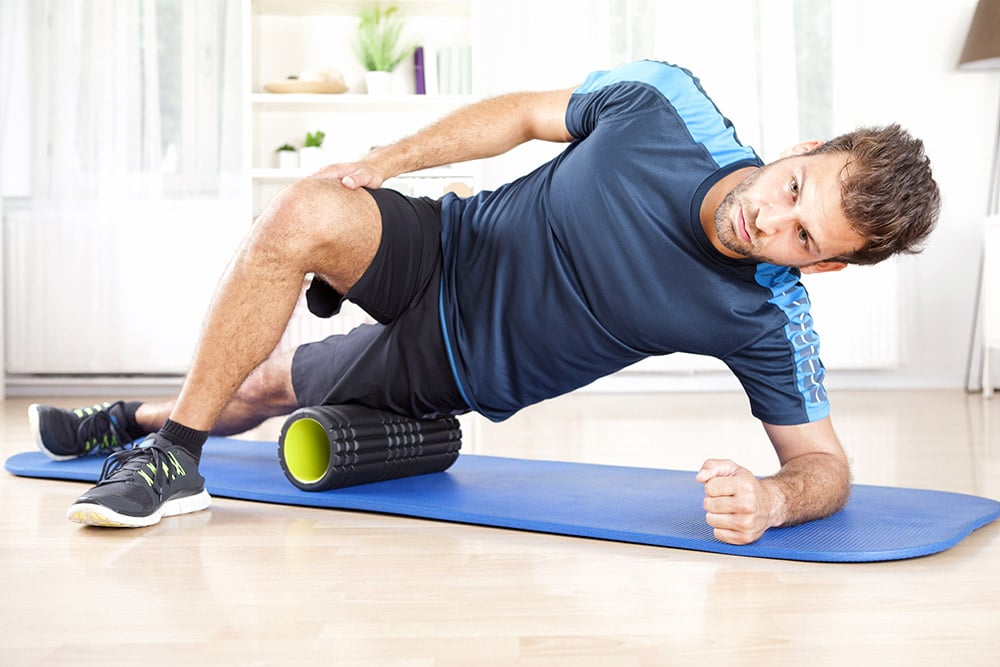

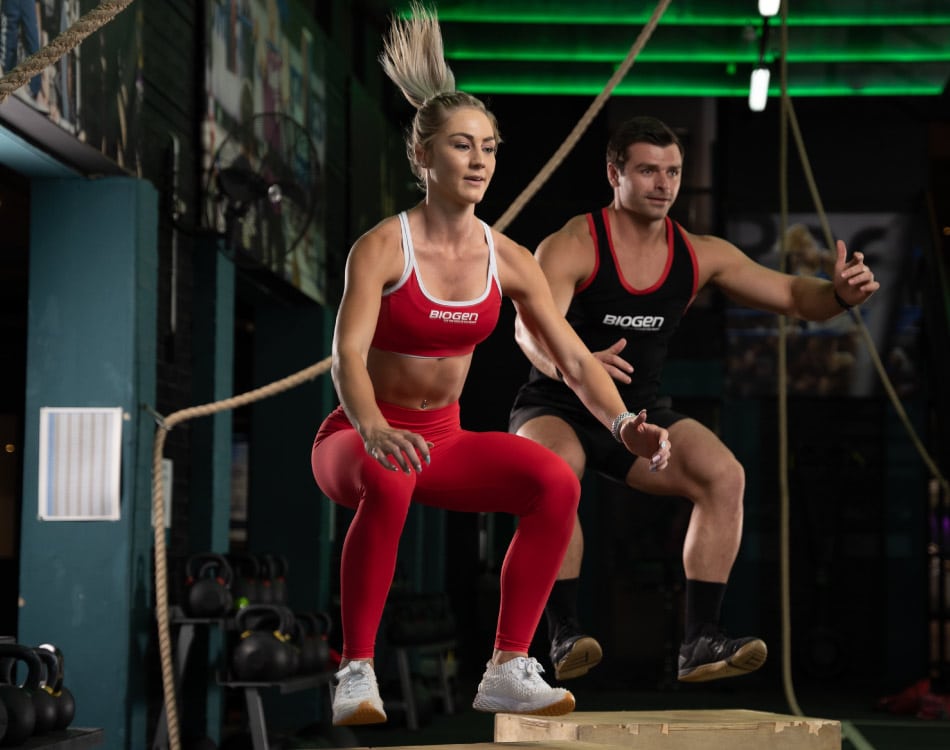

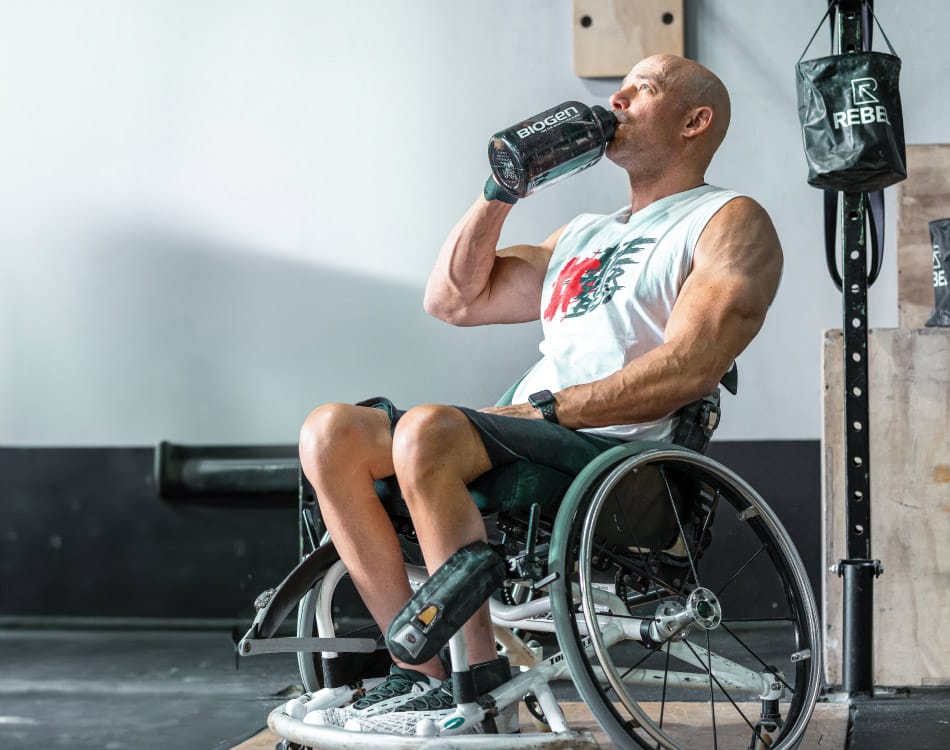
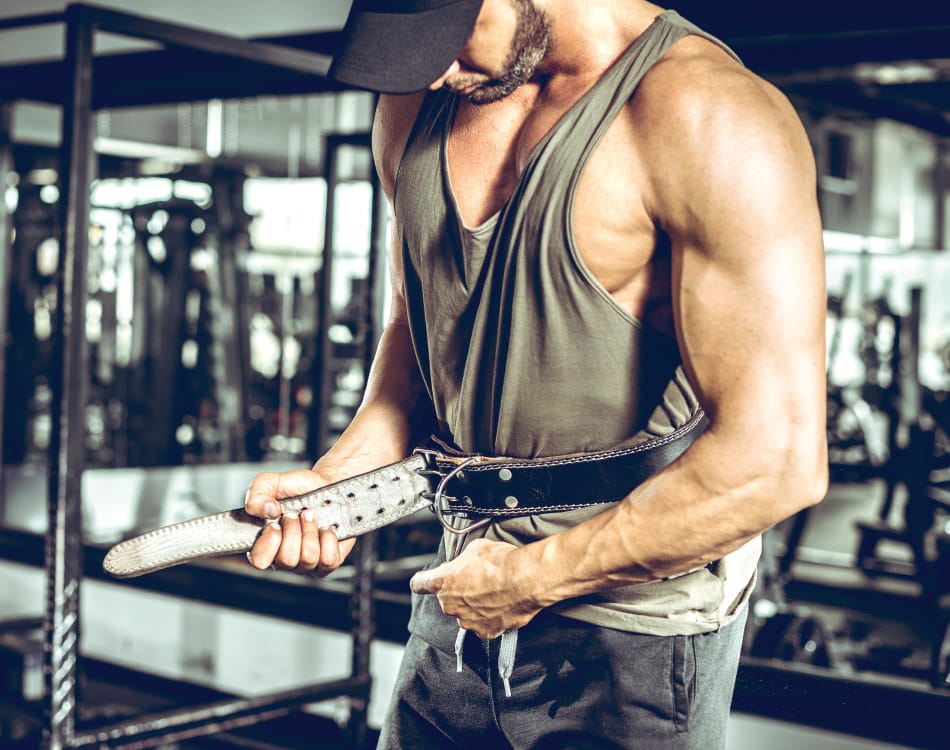
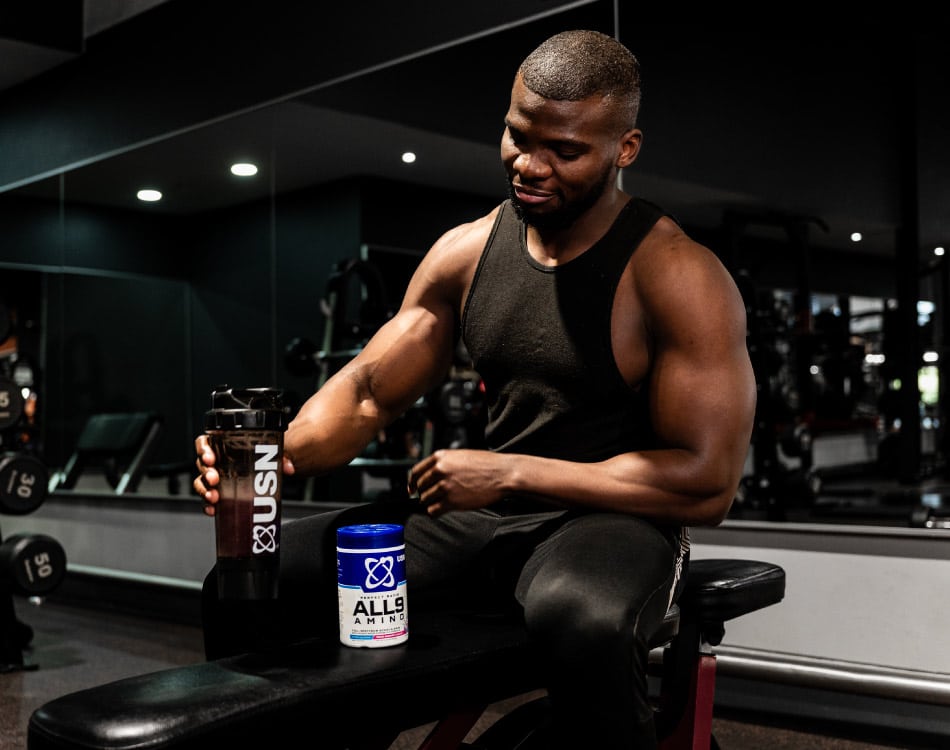

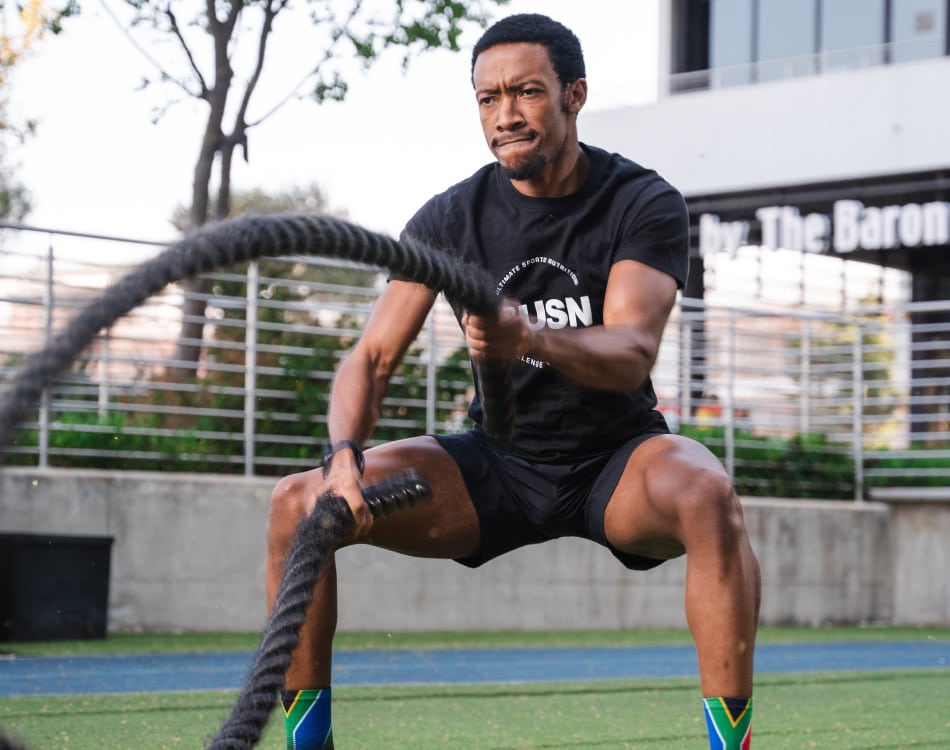
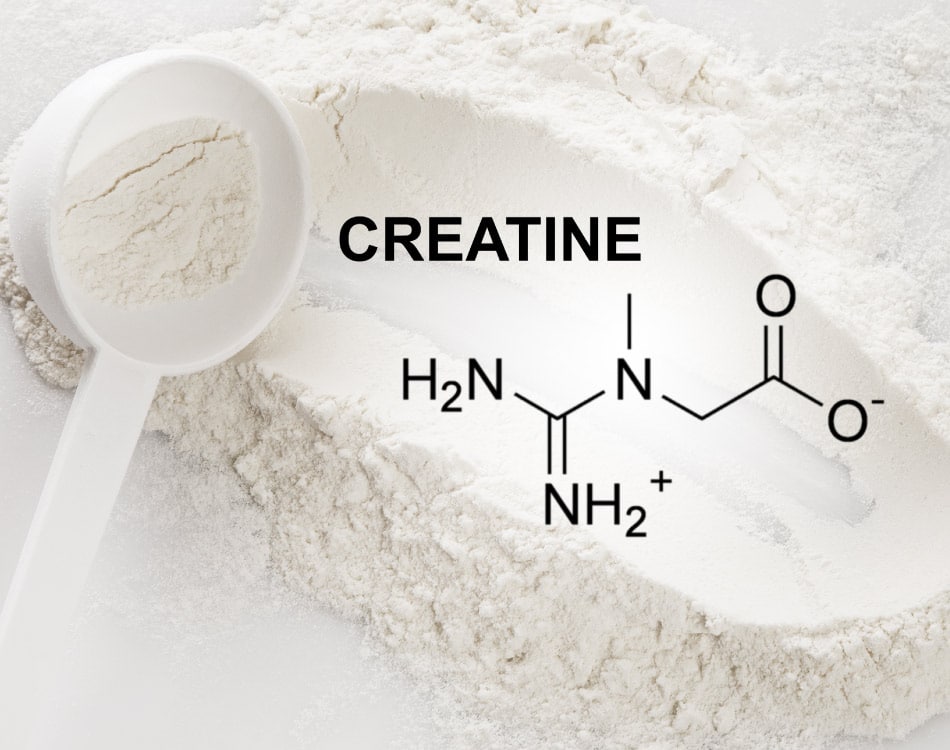
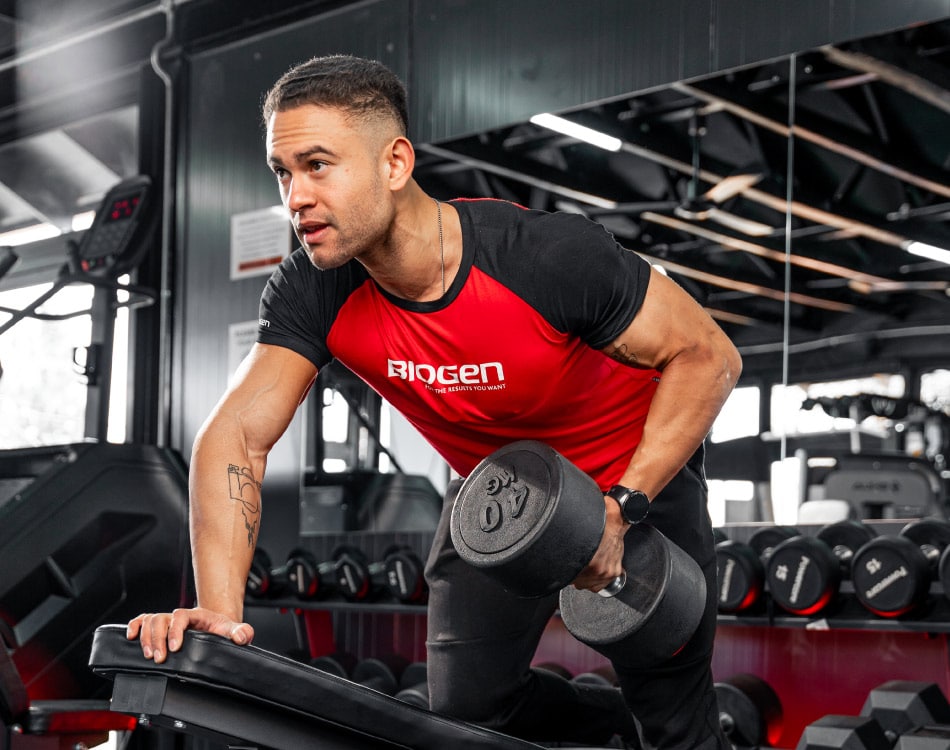
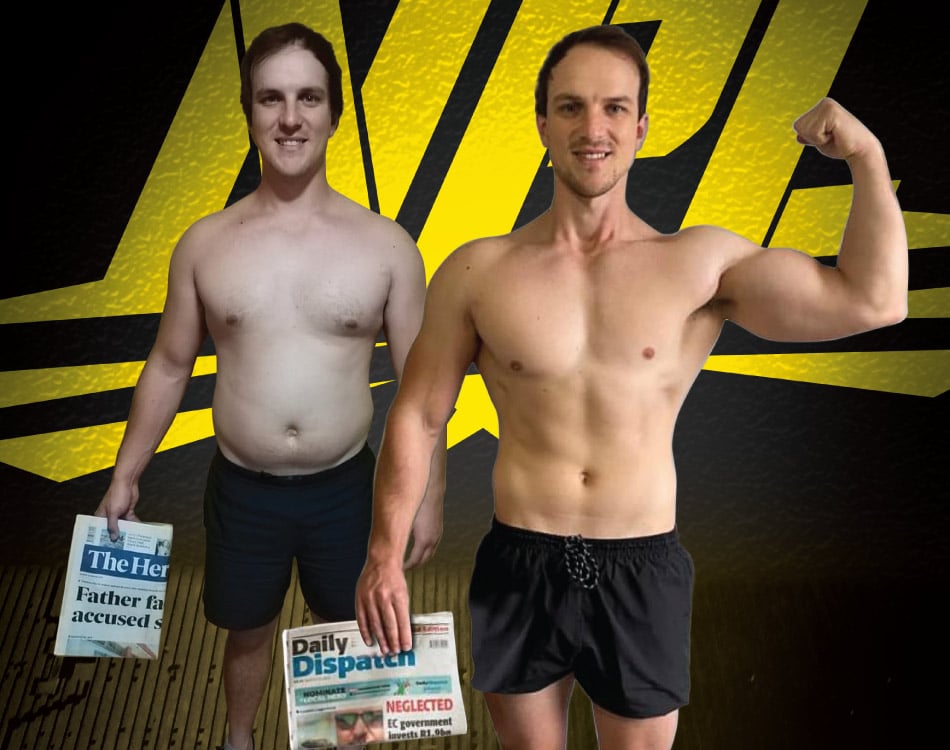
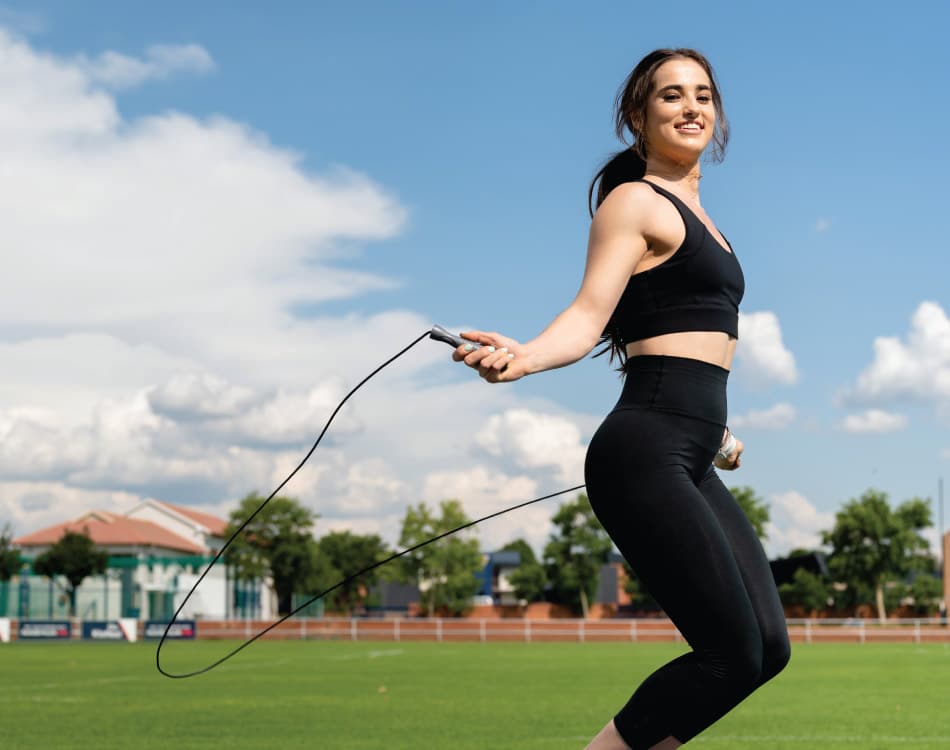
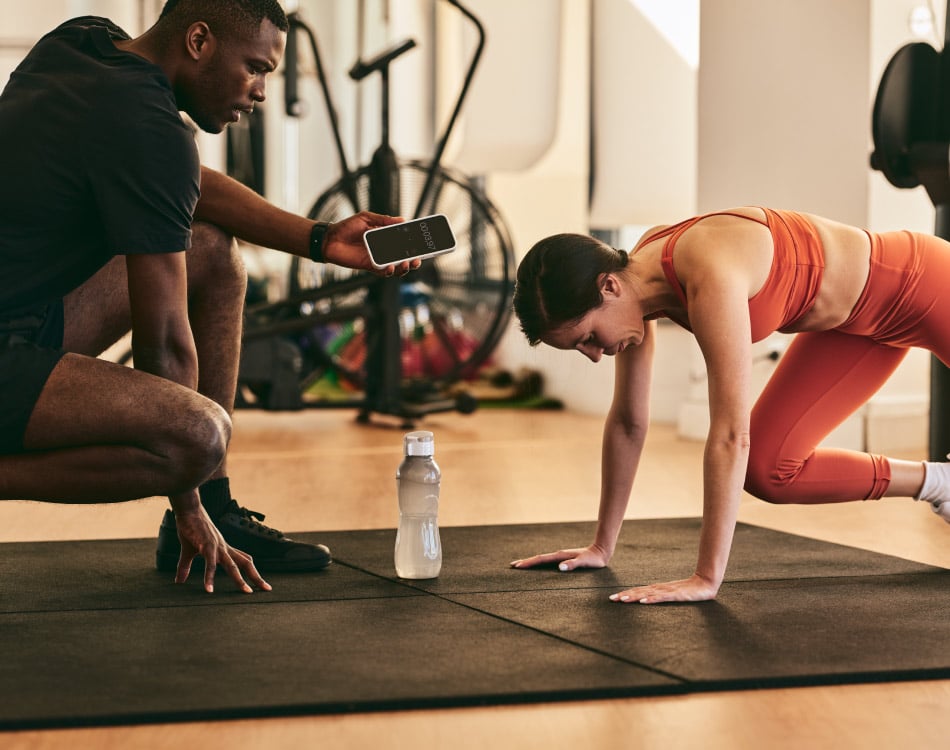



Leave A Comment